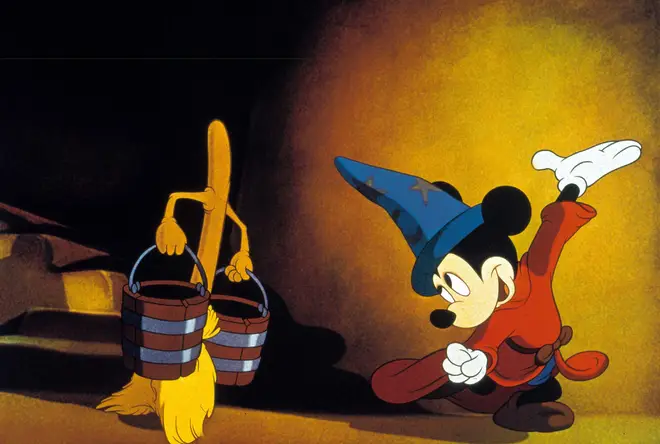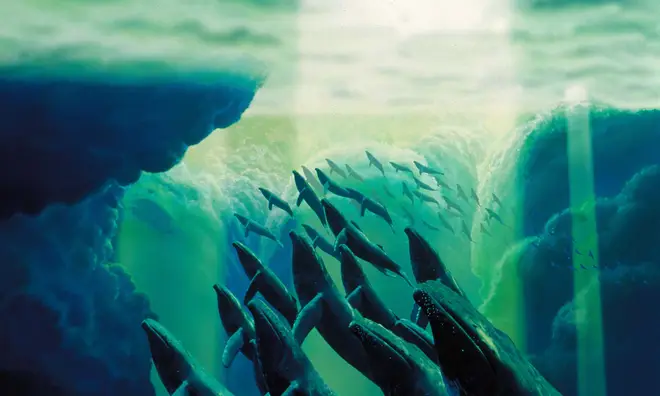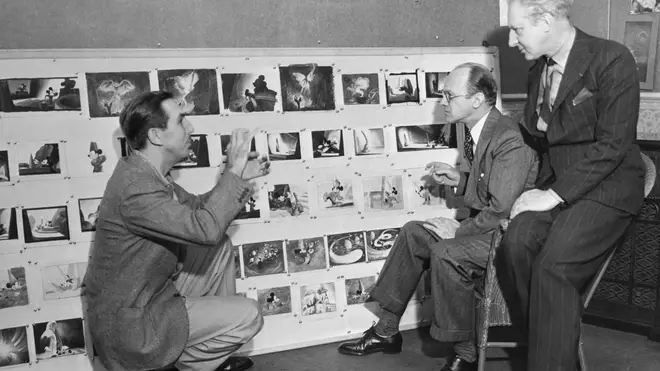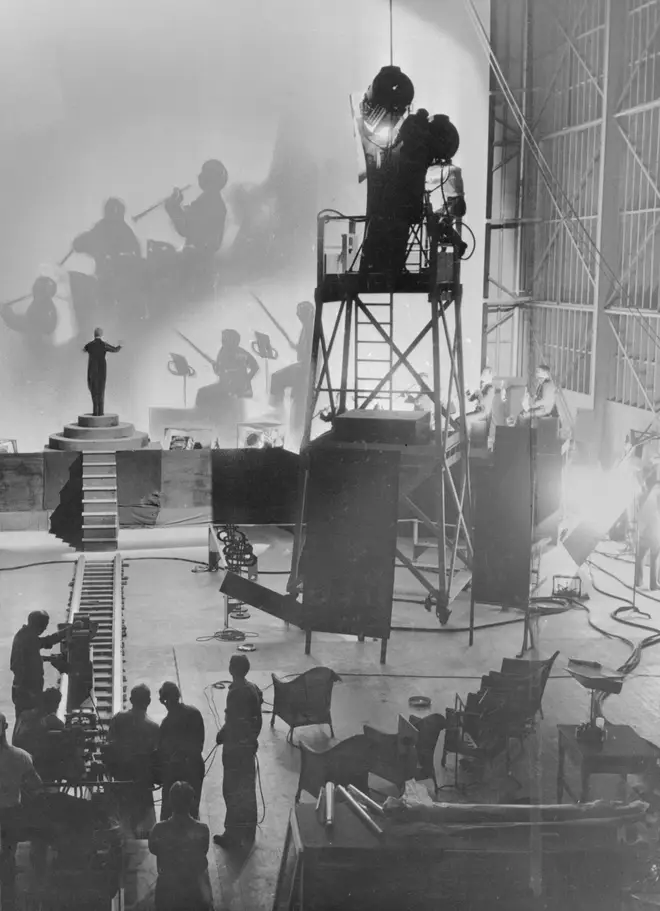Fantasia – all the classical music used in the Disney film
17 November 2018, 15:09
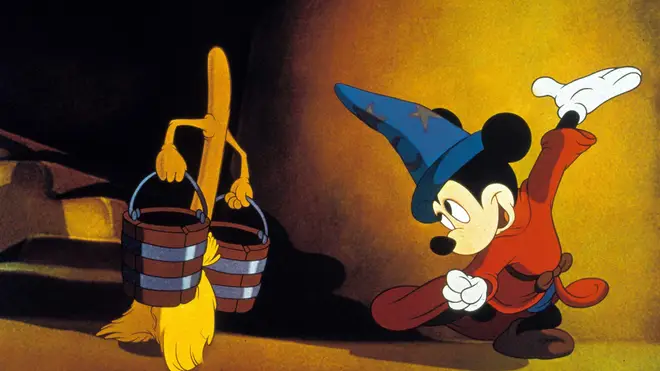
The 1940 film 'Fantasia' was Disney's animated ode to classical music – and was followed by 'Fantasia 2000'. Here's a guide to all the great music included in the films.
Fantasia was Disney's love-letter to classical music and became a classic, loved by generations of children and adults. So it's no surprise that the company revisited the idea with Fantasia 2000, Disney's 38th animated feature length film and the sequel to the original Fantasia film.
Both films are made up of animated scenes to to some of the most famous pieces of classical music. In the 1940s original, the music was performed by the Philadelphia Orchestra and conductor James Stokowski. The composer and music critic Deems Taylor introduced the different segments.
In Fantasia 2000, the cast includes violin virtuoso Itzhak Perlman, producer and musician Quincy Jones, magic duo Penn & Teller as well as actors Steve Martin, Bette Midler and Angela Lansbury.
-
The Sorcerer's Apprentice – Paul Dukas
Picture: Rex This is the only piece of music that featured in both the 1940 and 2000 versions of Fantasia. In the 2000 version, the scene is introduced by magicians Penn & Teller and tells the story of Mickey Mouse as a sorcerer's apprentice. He battles an army of broomsticks that come to life as he tries to regain control of his magical abilities.
-
Symphony No. 5 – Ludwig van Beethoven

Fantasia 2000 - "5th Symphony"
The dramatic first movement of Beethoven's fifth symphony scores an animation of abstract shapes that form butterflies battling it out against a swarm of bats.
-
Pines of Rome – Ottorino Respighi
Picture: Rex Violinist Itzhak Perlman introduces this scene to the audience. In a world where humpback whales are able to fly, a whale calf becomes trapped in an iceberg. It manages to escape and reunite with its parents and the whales happily fly into outer space.
-
The Rite of Spring – Stravinsky
Walt Disney and Composers Discuss Fantasia. Picture: Getty Stravinsky almost certainly wasn't thinking of dinosaurs when he wrote his ballet The Rite of Spring. But Walt and his team of animators decided to tell the story of these prehistoric creatures using the dramatic, angular sounds of Stravinsky's masterpiece.
And it's become one of the most famous sequences of the 1940s film.
-
Rhapsody in Blue – George Gershwin
Gershwin's jazzy Rhapsody in Blue scores scenes of New York in the 1930s. The animation is set in the style of Al Hirschfeld, a caricaturist of the time, and follows the intertwining stories of four individuals living in the city. The scene is introduced by jazz icon Quincy Jones with pianist Ralph Grierson.
-
Piano Concerto No. 2 – Dmitri Shostakovich

Shostakovich - Piano concerto No.2
Based on Hans Christian Andersen's fairytale 'The Steadfast Tin Soldier', this scene uses Shostakovich's Piano Concerto No. 2 to illustrate the story of a broken toy soldier who falls in love with a toy ballerina. The music features pianist Yefim Bronfman.
-
The Carnival of the Animals – Camille Saint-Saëns

Flamingos from Fantasia 2000 (Camille Saint-Saens' Carnival of the Animals, Finale)
What would happen if you gave a yo-yo to a flock of flamingos? Disney uses Saint-Saën's music to try and find out in this slapstick animation.
-
Pomp and Circumstance – Edward Elgar

Music+Cinema: Fantasia 2000- Pomp and Circumstance- Disney/Elgar
In this scene based on the story of Noah's Ark, Donald Duck is Noah's assistant and Daisy Duck is Donald's wife. Elgar's rousing music underscores Donald Duck's trials and tribulations as he gathers the animals to board the ark.
-
Firebird Suite – Igor Stravinsky
Stravinsky's Firebird Suite accompanies the story of a sprite and an elk who accidentally wake the Firebird, a fiery spirit that destroys the forest. The Sprite uses its powers to restore the forest to its former glory.
-
Night on Bald Mountain – Modest Mussorgsky
Leopold Stokowski on Structuring of Music Scene. Picture: Getty Mussorgsky's unsettling music find the perfect visual counterpart in this dark sequence from the original Fantasia: an dark winged figure swoops down into a valley bringing darkness, and presumably evil intent with him.


